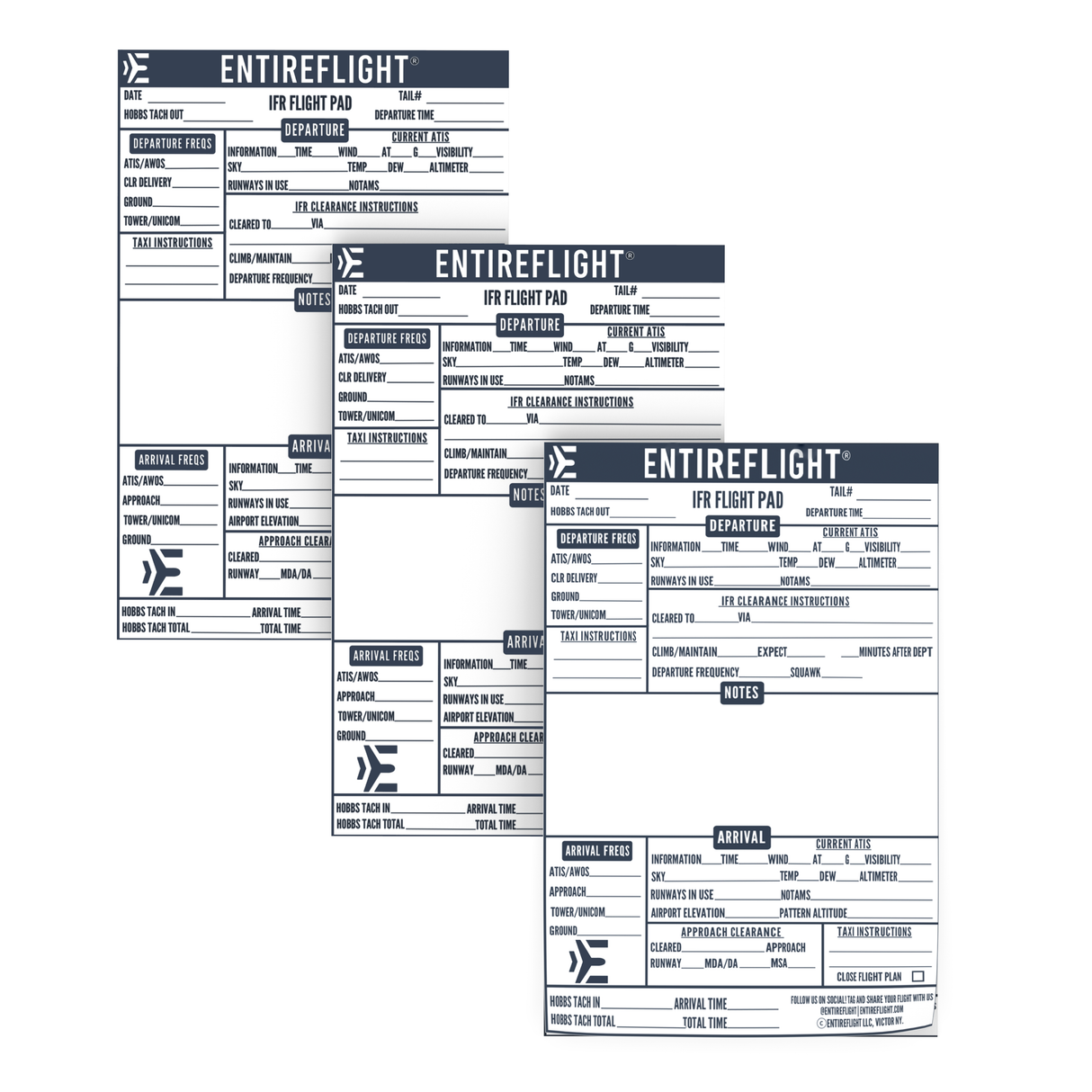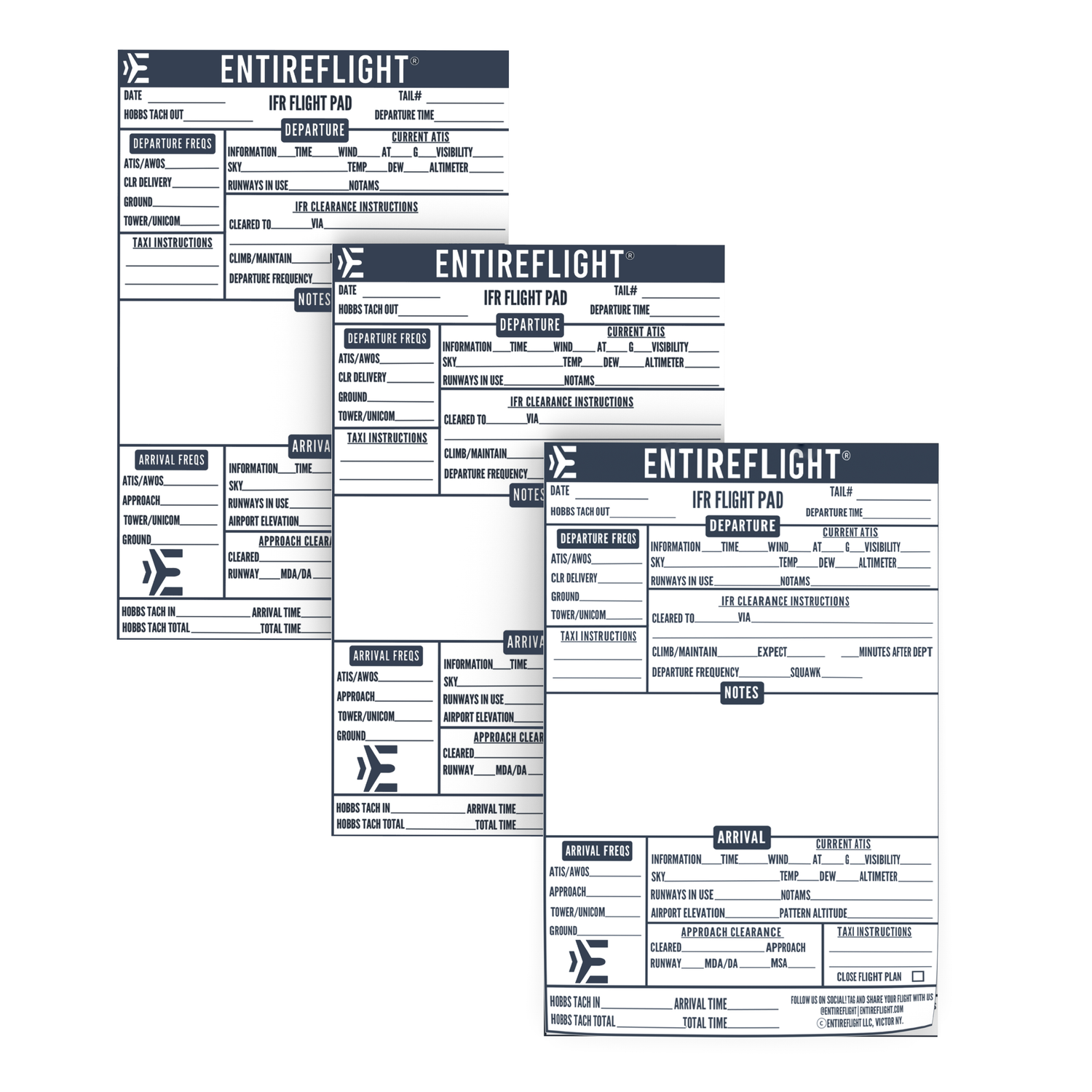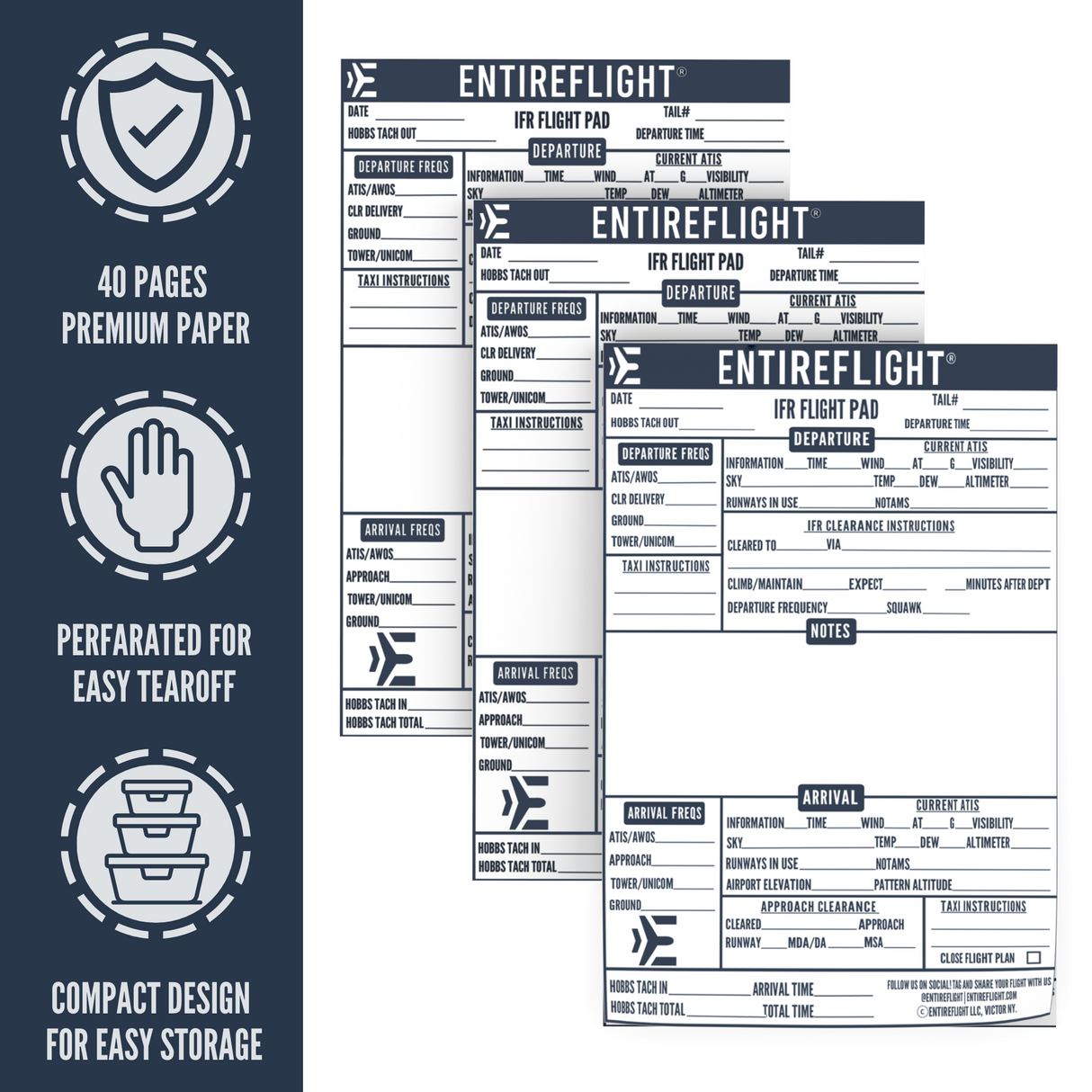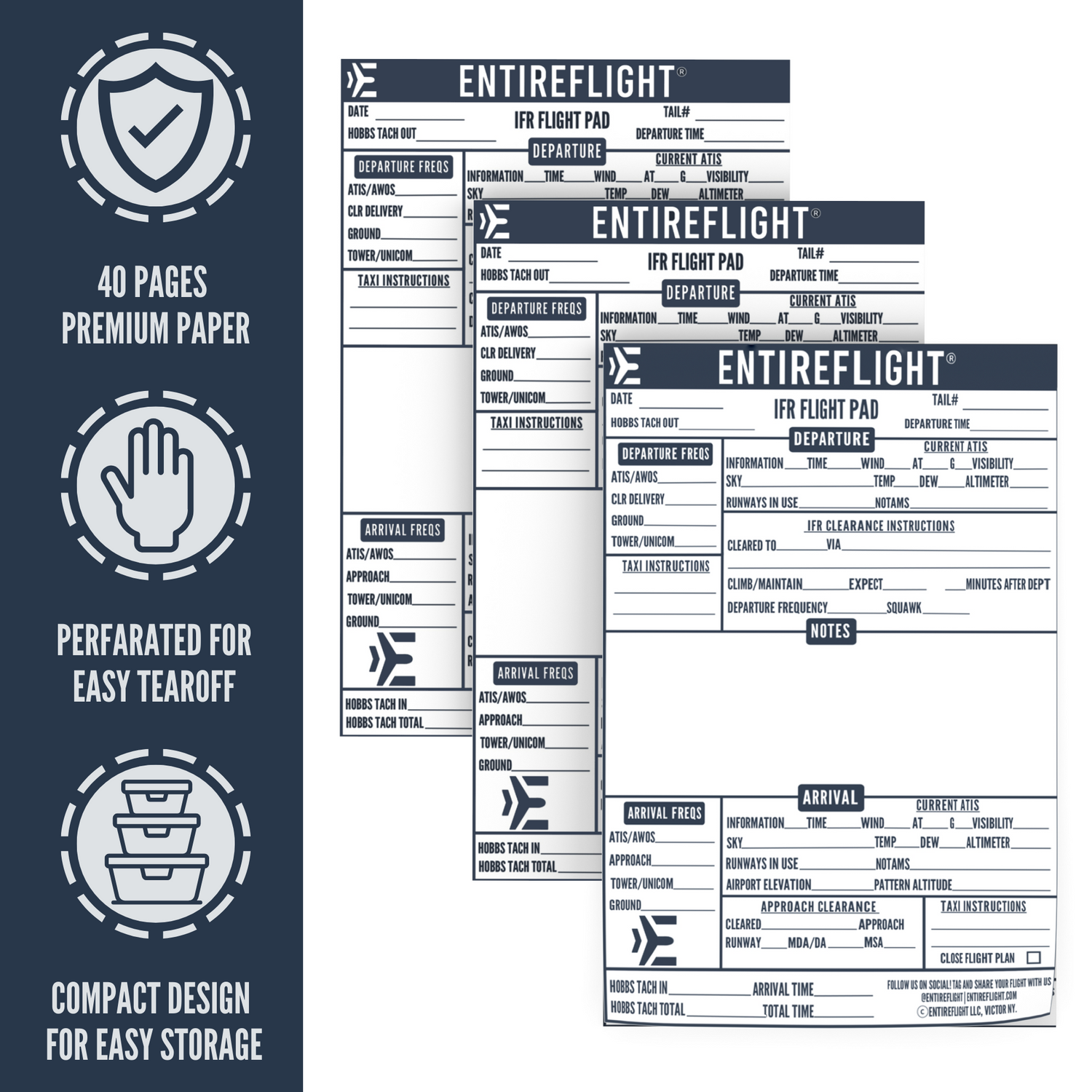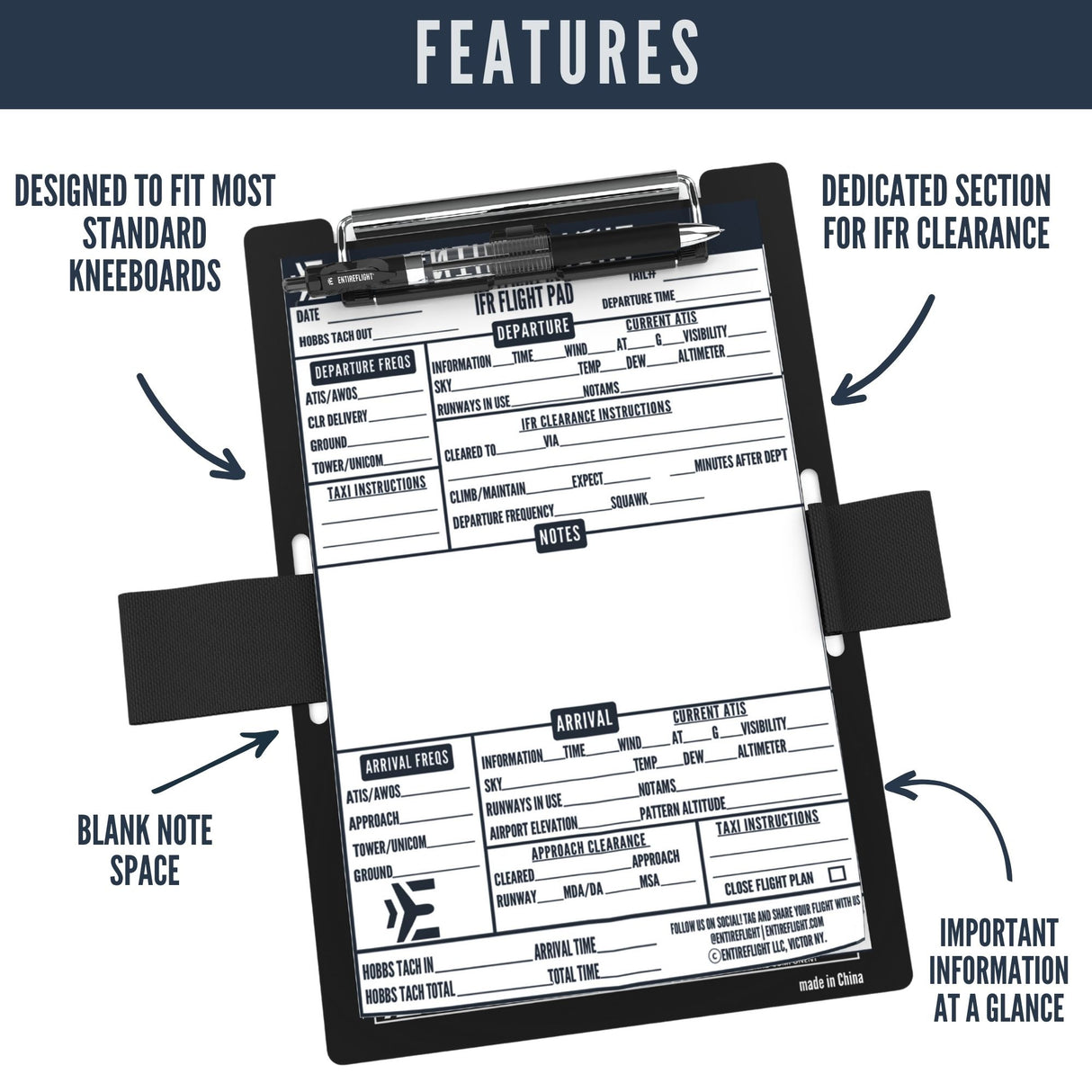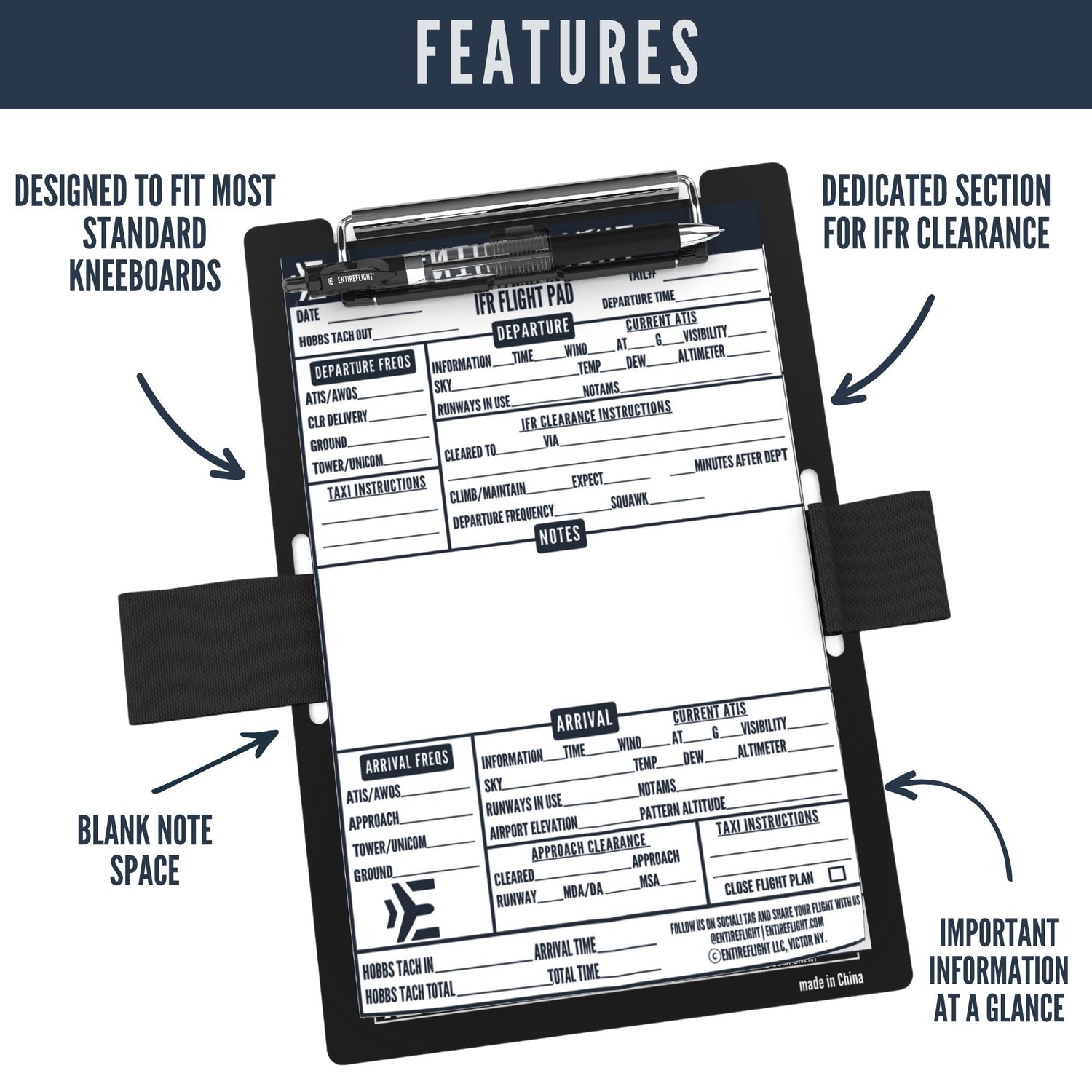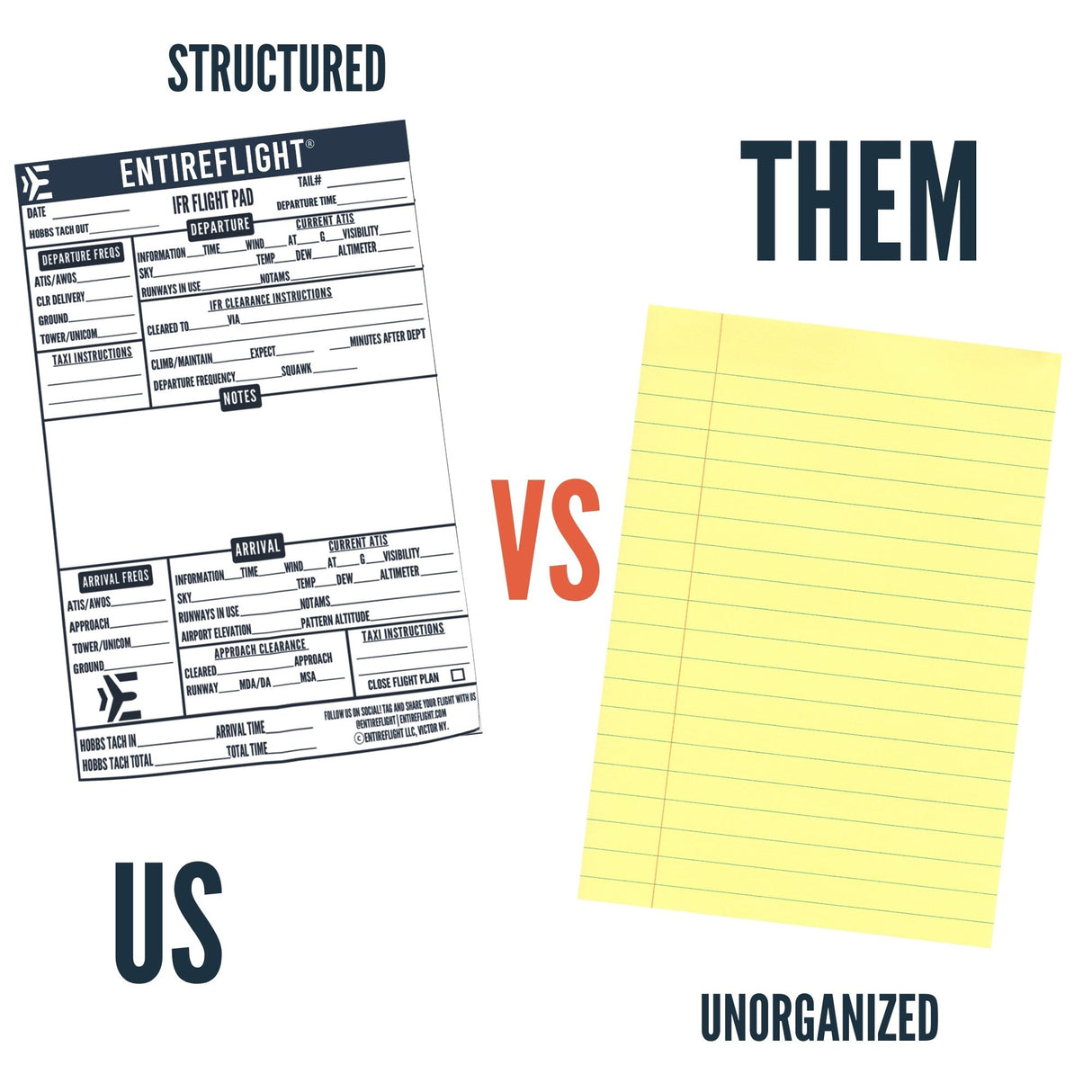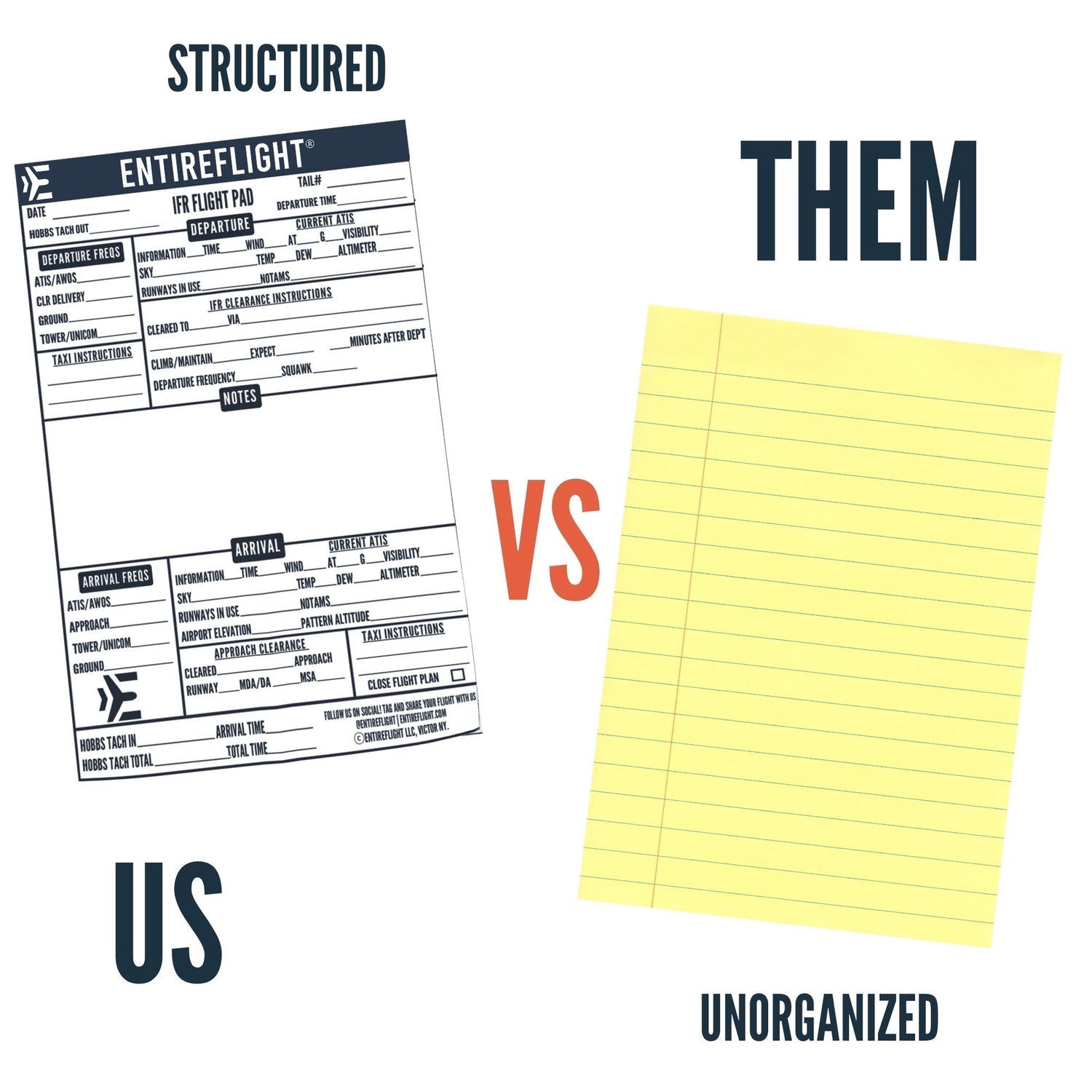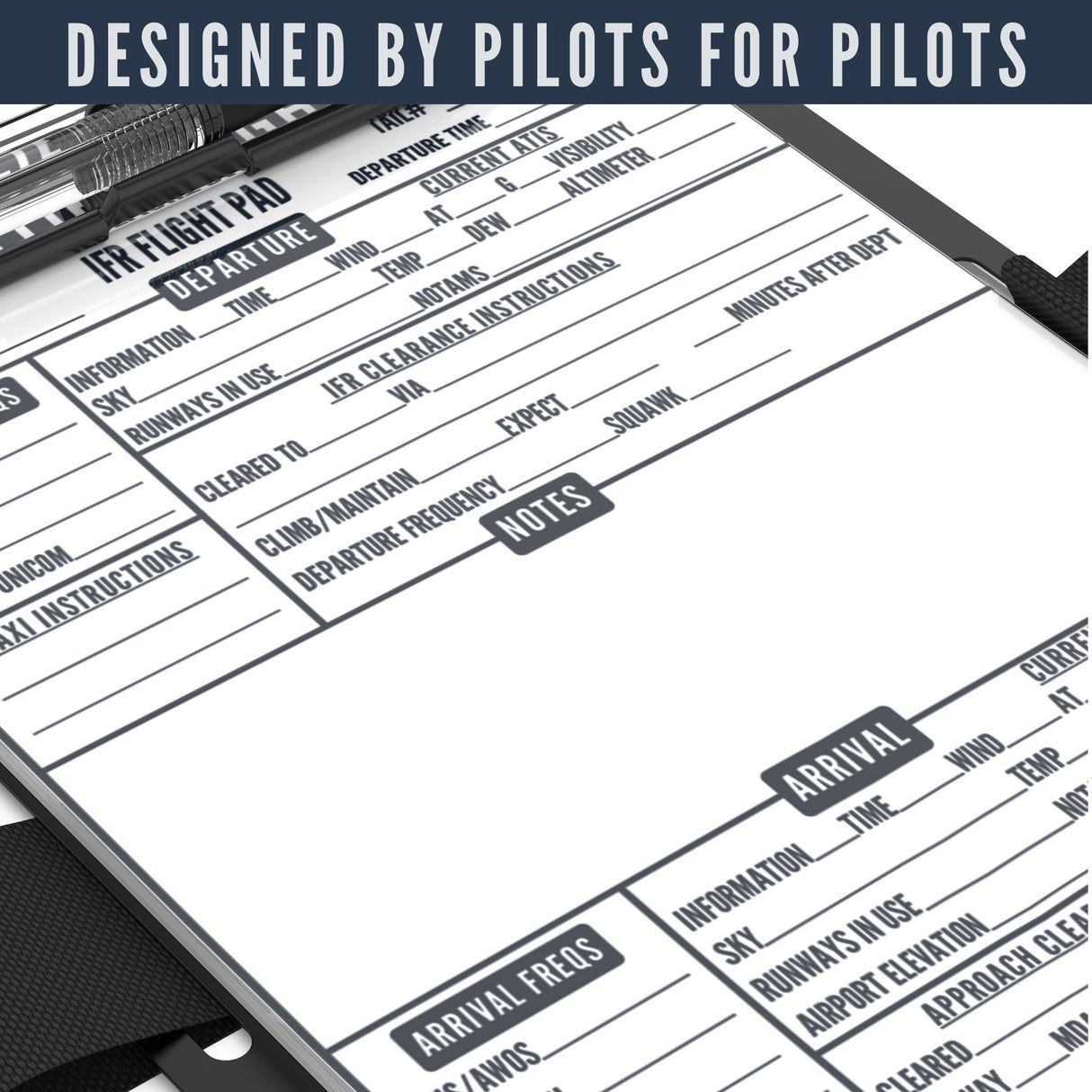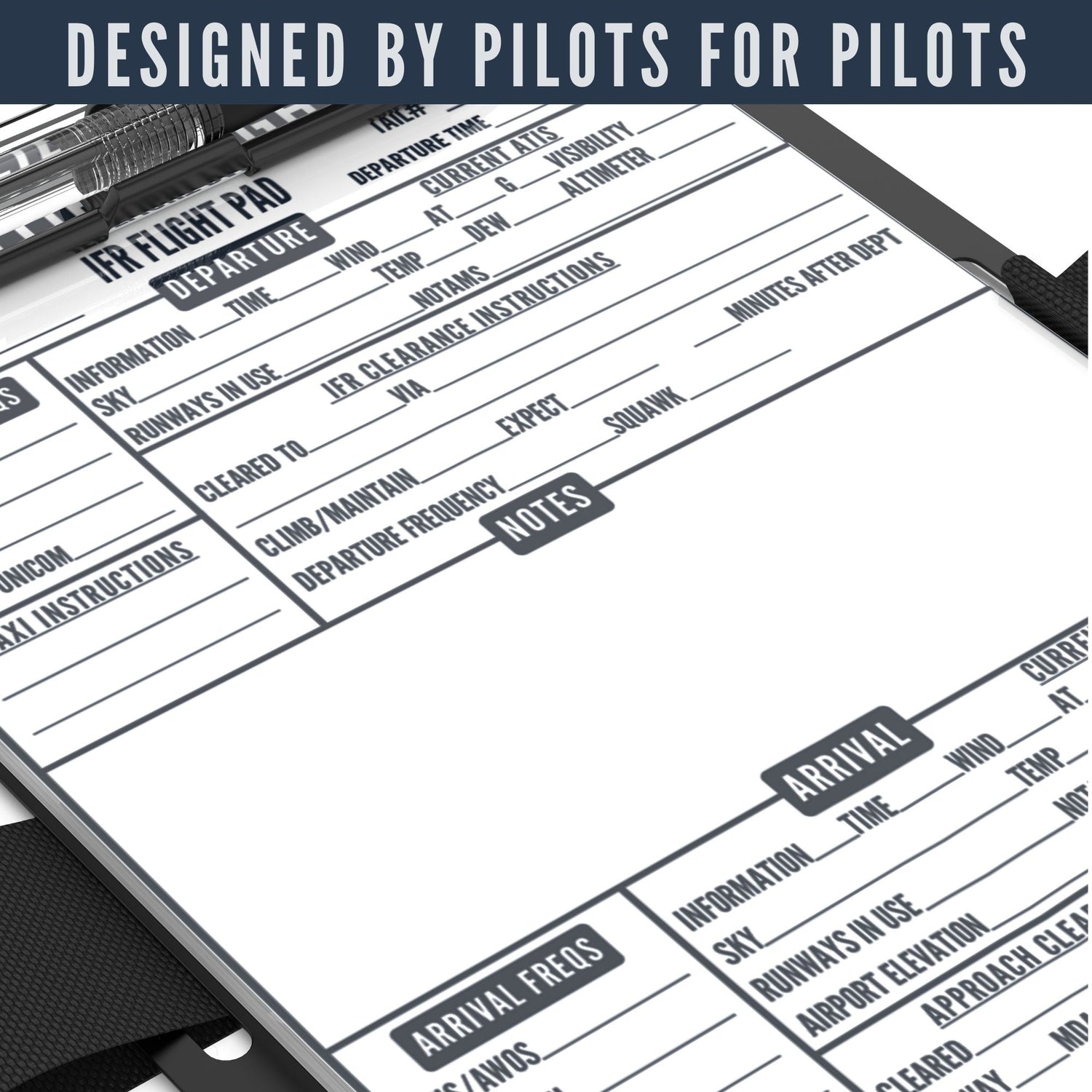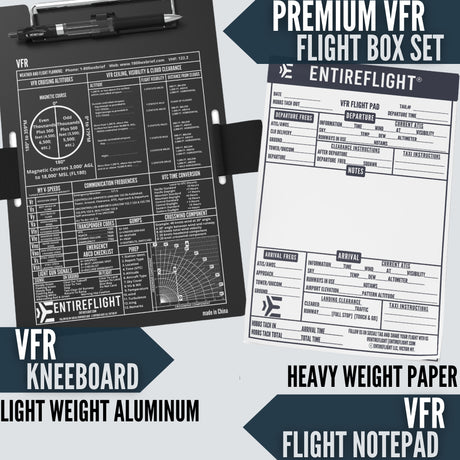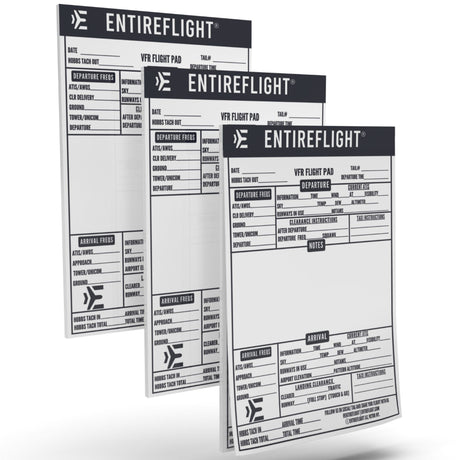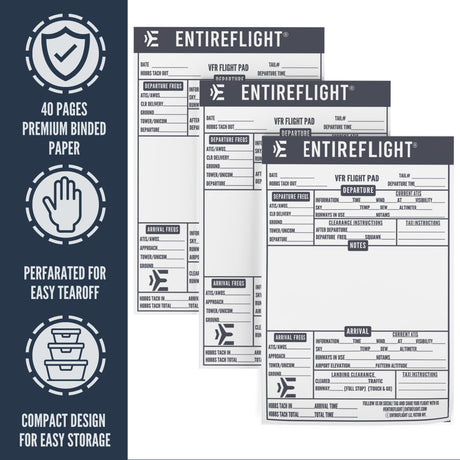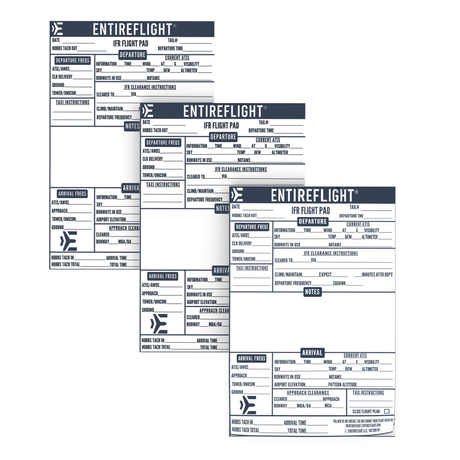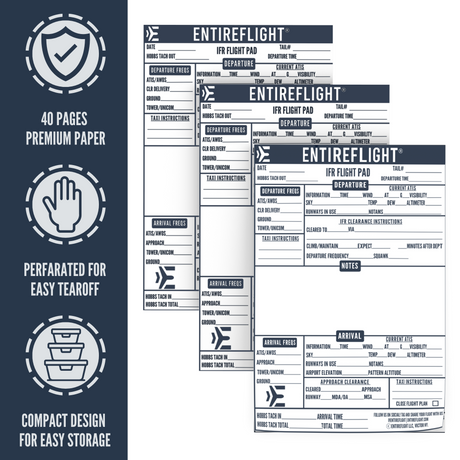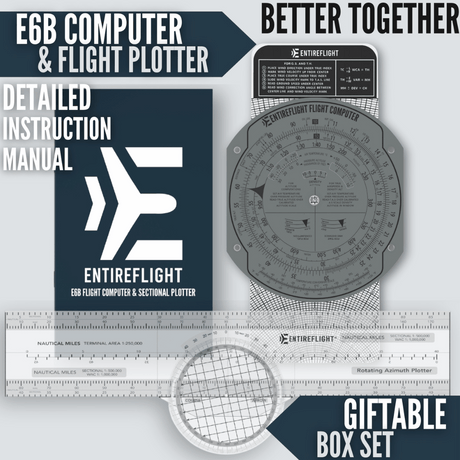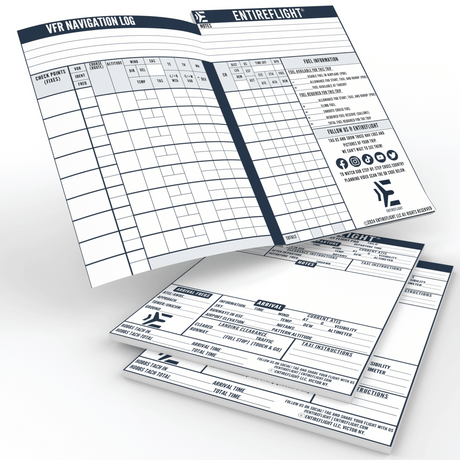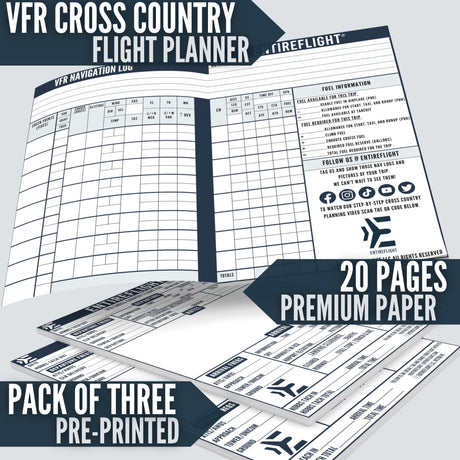Starting flight training later in life can be a daunting but exciting experience. Whether you have always dreamed of becoming a pilot, or you are looking for a new challenge later in life, flight training can be both rewarding and fulfilling. Despite the common misconception that aviation is a young person's game, more and more people are pursuing their dreams of flying later in life.
One of the benefits of starting flight training later in life is the wealth of life experience you bring to the table. As an older student, you have likely developed a strong work ethic, discipline, and critical thinking skills that can be applied to your flight training. Additionally, your life experience can give you a unique perspective on aviation and the world around you, which can be valuable when it comes to decision-making and problem-solving in the cockpit.
While starting flight training later in life may come with its own set of challenges, it is important to remember that age is just a number. With the right mindset, dedication, and support, you can achieve your dream of becoming a pilot and enjoy the many rewards that come with flying. Whether you are looking to fly for personal enjoyment or pursue a career in aviation, the sky's the limit when it comes to what you can achieve.
Understanding the Basics of Flight Training
If you're starting flight training later in life, it's important to understand the basics of flight training before you begin your journey. Here are some of the key things you need to know:
Flight School Basics
Flight school is where you'll learn to fly. It's important to choose a reputable flight school with experienced instructors. You'll typically take classes and do homework outside of your flight lessons to learn the theory behind flying.
Types of Aircrafts
There are many different types of aircraft you can learn to fly, including helicopters, seaplanes, gliders, and small airplanes like the Pilatus PC-12 and Cirrus SR22. Each type of aircraft has its own unique characteristics and challenges, so it's important to choose the one that best suits your goals and abilities.
Your instructor will guide you through the process of learning to fly your chosen aircraft. You'll start with basic maneuvers like takeoff, landing, and straight and level flight, and progress to more advanced skills like instrument flying and navigation.
Remember, flight training is a journey, and everyone learns at their own pace. Stay focused, stay committed, and you'll soon be on your way to becoming a private pilot.
Challenges and Solutions for Older Students
If you're starting flight training later in life, you may face some unique challenges. However, with the right mindset and approach, you can overcome these challenges and achieve success.
Overcoming Learning Challenges
One of the biggest challenges for older students is absorbing new information. You may find that you stumble more than you did in your youth, and mastery may take longer. However, this doesn't mean you can't succeed. In fact, your life experience may give you an advantage in certain areas, such as decision-making and risk management.
To overcome learning challenges, it's important to approach your training with a positive mindset. Don't be afraid to make mistakes - they're a natural part of the learning process. Additionally, try to find ways to make the material more engaging and relevant to your life. For example, you could relate textbook concepts to real-world experiences or use technology to enhance your learning.
Managing Time and Commitment
Another challenge for older students is managing time and commitment. You may have other responsibilities, such as work or family, that make it difficult to devote as much time to flight training as you would like. However, with proper planning and organization, you can make it work.
To manage your time effectively, create a schedule that balances your flight lessons with your other obligations. Be realistic about how much time you can commit each week, and don't be afraid to adjust your schedule as needed. Additionally, try to stay motivated by setting goals and celebrating your progress along the way.
Studying and Preparation Strategies
When starting flight training later in life, it is important to have effective studying and preparation strategies to ensure success. Here are some tips to help you prepare for your flight training:
Effective Studying Techniques
Regular studying is key to retaining the information you need to pass your FAA exams and become a skilled pilot. One effective technique is to use FAA textbooks and study guides, which provide a comprehensive overview of the material you will need to know. Self-directed learning is also important, as it allows you to focus on areas where you need extra help.
Bullet points and tables can be helpful in organizing information and making it easier to understand. Highlighting key concepts and using bold text can also help you remember important information.
Preparing for Tests
Tests are an important part of flight training, and it is essential to be well-prepared. One strategy is to take practice tests, which can help you identify areas where you need to focus your studying. Time management is also important during tests, so it is a good idea to practice answering questions quickly and efficiently.
Setting goals for each study session can help you stay focused and motivated. Breaking down larger goals into smaller, more manageable tasks can make studying feel less overwhelming.
By using effective studying and preparation strategies, you can set yourself up for success in your flight training. Remember to stay focused, stay motivated, and stay committed to your goals.
The Role of Instructors and One-On-One Learning
The right instructor can make all the difference in your success. Here are some tips on how to invest in the instructor relationship and make the most of one-on-one learning.
Building Instructor Relationship
The relationship between you and your flight instructor is crucial to your success. It's important to find an instructor whose teaching style matches your learning style. Take the time to get to know your instructor and communicate your likes and dislikes. This will help your instructor tailor their teaching to your needs.
Asking Questions and Seeking Help
Don't be afraid to ask questions. Your instructor is there to help you learn and succeed. Asking questions shows your curiosity and can help you understand the material better. If you're nervous or feel like you might sound stupid, remember that your instructor has likely heard it all before. They want you to succeed and are there to help you.
If you're feeling frustrated or having a bad day, don't hesitate to seek help from your instructor. They can provide guidance and help you get back on track. Remember that everyone has good and bad days, and it's important to keep a moving average of your progress.
Mix things up to keep things interesting. Try different exercises and scenarios to challenge yourself and keep learning. Don't forget to invest in the instructor relationship and make the most of one-on-one learning. With the right instructor and approach, flight training can be a rewarding experience at any age.
Motivation and Goals in Late-Life Flight Training
Starting flight training later in life can be an exciting and rewarding experience. However, it is important to have clear motivation and goals in mind before embarking on this journey.
Setting and Achieving Goals
One of the most important aspects of late-life flight training is setting and achieving goals. This requires careful consideration of your ultimate goal as a pilot and breaking it down into smaller, achievable milestones. For example, your ultimate goal may be to obtain a private pilot's license, but your first milestone may be to complete your solo flight.
To achieve your goals, it is important to work smarter, not harder. This means making informed decisions and using your decision-making skills to prioritize your time and resources. It may also mean seeking out additional resources, such as online courses or flight simulators, to supplement your training.
Leveraging Support Networks
Another key factor in late-life flight training is leveraging your support networks. This includes your spouse, friends, and other individuals who can provide encouragement and support throughout your training.
It is also important to communicate your goals and progress with your support network. This can help keep you accountable and motivated, as well as provide an opportunity for others to offer advice and assistance.
Ultimately, the goal of late-life flight training is to become a safe and confident pilot, regardless of age. By staying highly motivated and leveraging your support network, you can achieve your goals and become a successful pilot.
Commercial and Sport Pilot Training
If you are considering starting flight training later in life, you may be wondering about the different types of pilot training available. Commercial and Sport Pilot Training are two options to consider.
Commercial Pilot Training
Commercial Pilot Training is designed for those who want to make a career out of flying. This type of training is more intensive and requires a higher level of skill and knowledge compared to Sport Pilot Training. You will need to complete a minimum of 250 hours of flight time and pass several exams to become a commercial pilot.
If you are uncomfortable with the idea of starting flight training later in life, keep in mind that many pilots start their training later in life. It may be embarrassing to be an older student in a class full of younger students, but remember that everyone is there to learn and improve their skills.
To help you keep track of your progress and stay motivated, consider keeping a learning journal. This can help you see how far you have come and identify areas where you need to improve.
Sport Pilot Training
Sport Pilot Training is a more relaxed option that is focused on recreational flying. This type of training requires less flight time and fewer exams compared to Commercial Pilot Training. You will need to complete a minimum of 20 hours of flight time and pass a medical exam to become a sport pilot.
If you have a background in flying or have played the violin, you may find Sport Pilot Training easier than Commercial Pilot Training. This is because the skills required for flying are similar to those required for playing the violin - both require a high level of coordination and attention to detail.
The Academy of Professional Pilot Training (APs) is a reputable institution that provides pilot training for both Commercial and Sport Pilots. They have experienced instructors who can help you achieve your goals in a comfortable and supportive environment.
Conclusion
Starting flight training later in life can be a challenging but rewarding experience. With dedication, persistence, and a willingness to learn, you can achieve your dream of becoming a pilot.
It's important to remember that flight training is a significant investment of time and money, so it's essential to choose the right educational setting and training program that fits your needs and budget.
Solo flight is an exhilarating experience that you will never forget. It's an opportunity to put your training into practice and gain confidence in your abilities. Remember to always prioritize safety and follow the rules and regulations set forth by the FAA.
If you come from an aviation family, you may have a unique advantage in your training. However, it's important to remember that everyone's journey is different, and you should focus on your own progress.
Frequently Asked Questions
1 - What is the average age for starting flight training?
There is no specific age for starting flight training, as it depends on individual circumstances and goals. However, many people start their flight training in their 20s or 30s.
2 - Is it possible to become an airline pilot later in life?
Yes, it is possible to become an airline pilot later in life. Many airlines have no upper age limit for pilots, and some even offer programs specifically for older individuals.
3 - What are some of the challenges of starting flight training later in life?
Some challenges of starting flight training later in life may include physical limitations, financial constraints, and time constraints due to other commitments such as family or work.
4 - What is the minimum age requirement to become a commercial pilot?
The minimum age requirement to become a commercial pilot is 18 years old in the United States. However, some countries may have different age requirements.
5 - How long does it take to become an airline pilot with no prior experience?
It typically takes around 2-3 years to become an airline pilot with no prior experience, assuming a full-time training schedule. However, this can vary depending on the individual's progress and the flight school's curriculum.
6 - What are the age limits for becoming an airline pilot?
Most airlines require pilots to retire at age 65, but there is no specific age limit for starting a career as an airline pilot. However, older individuals may face more challenges in terms of physical and mental fitness requirements.

